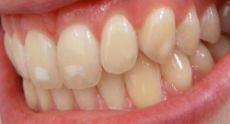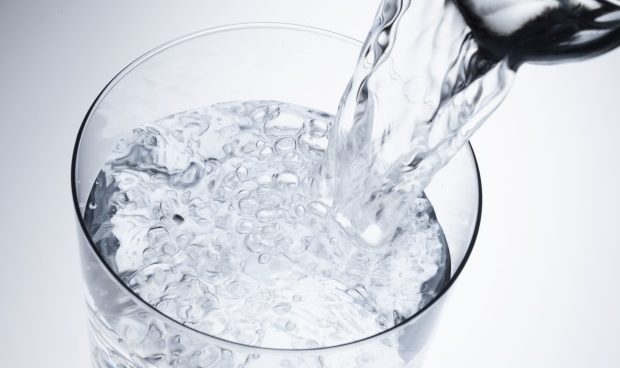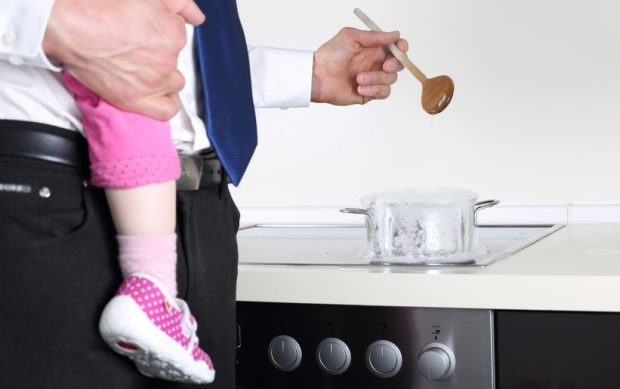Water Purification Systems And Safe Water
The water that arrives in your home or place of work may not be as safe as you think it is. The fact is water is treated with chemicals to clean it.
However, recent research suggests these chemicals can be harmful to humans. The main two chemicals which are added are chlorine and fluoride.
Chlorine is used to kill bacteria and tiny microbes; it does an important job. Fluoride is added simply because research suggested it has the potential to drastically reduce the development of cavities.
However, there are concerns this isn’t the case and it can increase the risk of dental fluorosis. Dental fluorosis is an extremely common disorder.

It’s characterized by hypomineralization of tooth enamel caused by ingestion of excessive fluoride during enamel formation.
The Function Of Water Purification Systems
You can get water filtration systems added to your home and office, such as the water bubbler. These devices have filters in them to remove debris and microbes.
These contaminants can be picked up after the water has left the treatment plant. In fact, the filters can also remove fluoride.
But how effective are they?
Measuring Effectiveness
There are different types of filters but the majority of filtration devices use carbon. This is one of the most effective at preventing debris and microbes from getting through.
The Carbon Filter & Fluoride
However, carbon filters don’t have any effect on the amount of fluoride in your water. It simply passes straight through!
This doesn’t make it an effective choice if you’re concerned about fluoride in your water.
Reverse Osmosis
Research shows that this type of filtration system is capable of removing between 85 and 92% of the fluoride in your water. That’s pretty impressive and should certainly help you to keep your floured consumption to safe levels.
This type of filter still uses carbon to prevent debris and microbes from getting through. But it also has a semi-permeable membrane to remove fluoride, pesticides, sulfates, chlorine, detergents, cadmium and even asbestos!
Deionizers
This type of filter uses positive hydrogen molecules and negative hydroxyl molecules. When these hit the water they force the positive and negative molecules out of the water.
This can be a very effective method of removing all the fluoride and other chemicals from your water. However, you will need to maintain your system to ensure it is working at its best.
Activated Alumina
The final option is to use activated alumina. This is added to the filter as a bed at the bottom.
The water passes through it and the fluoride is attracted to the aluminum. This prevents it from leaving the filter and entering your tap.
However, while activated alumina has been shown to be effective at removing fluoride and even arsenic. It’s important to be careful the water doesn’t spend too long in the filtration chamber.
It can increase the amount of aluminum you absorb.
Perhaps the best answer is to have a mixture of all the different types of filters; but then this will be expensive! Instead you should have your water tested to determine the fluoride levels.
Then you can choose the filter that will deal with these effectively.
Jesse wrote a very popular article on minimalist house design. Check it out.






